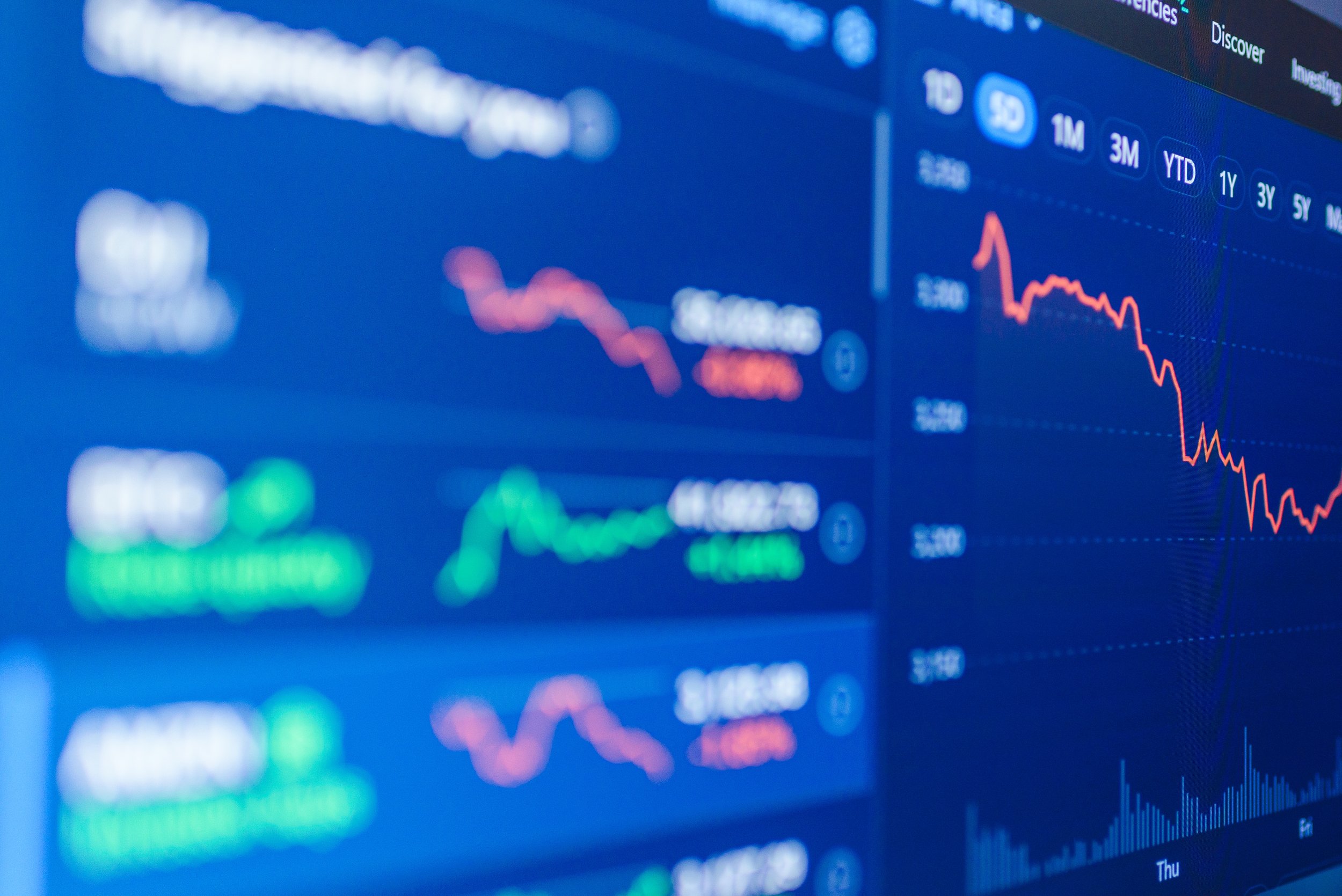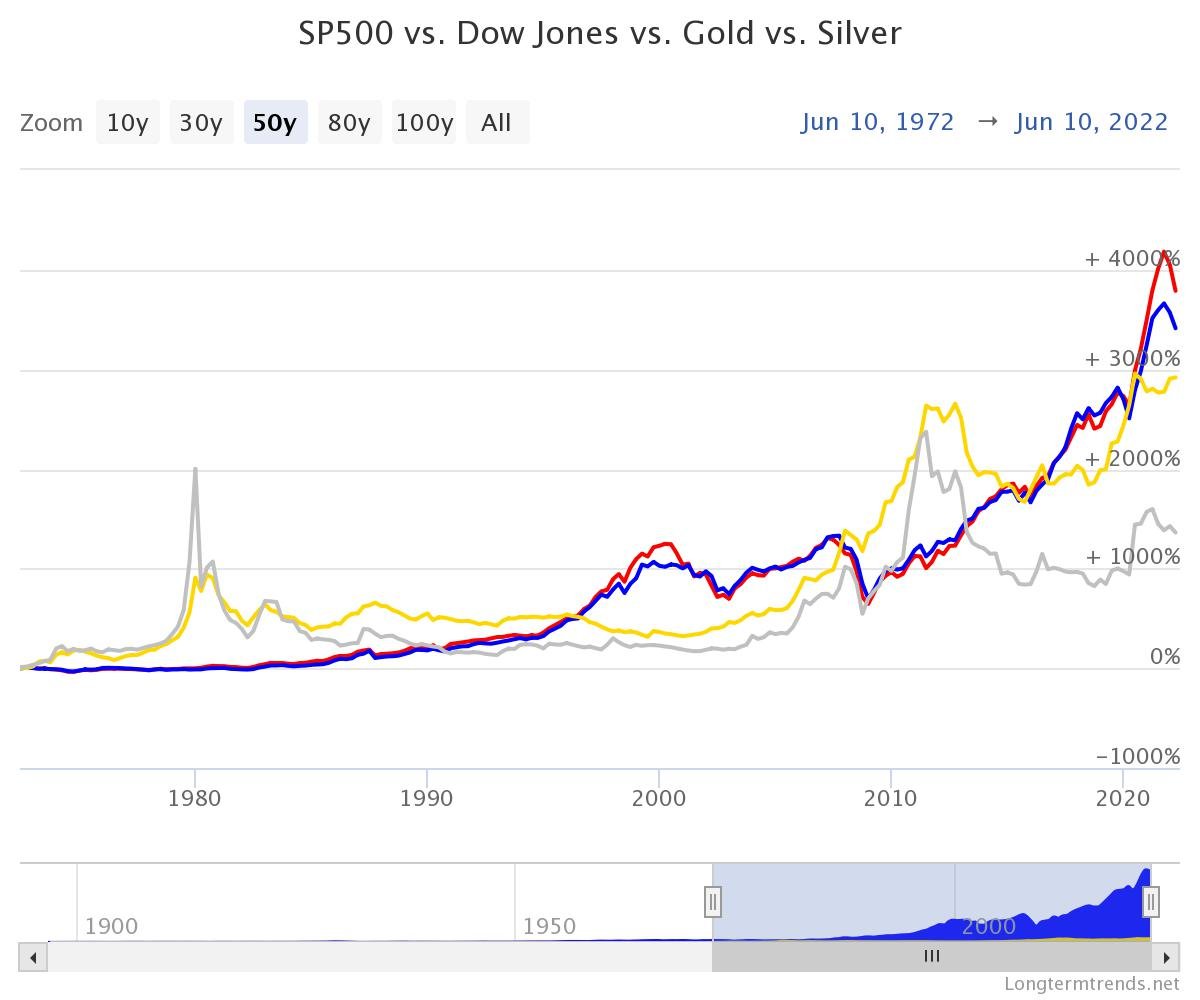How to Understand the Confusing World of Inflation
While we may use the term inflation loosely, its true definition is anything but. And when it comes to understanding how inflation works, it can get pretty confusing.
You’re probably not surprised to learn that inflation is the reason why our currency goes up and down, and how it affects the cost of goods. But did you know that it’s much more complex than that? Inflation is affected by a number of things, including: interest rates, demographics, government spending, the economy, trade policies, and much more. This can make understanding the complicated world of inflation difficult for investors.
The inflation rate is one of the most important economic indicators, but many people struggle with understanding its true meaning.
The Basics of Inflation
We’ve all seen the headlines talking about high inflation and the recent price increases that are making the average consumer start to worry about prices. But what exactly is inflation? The good news is that it’s not nearly as complicated as the media makes it sound. The bad news is that it’s not as simple as it sounds. Inflation occurs when prices for goods and services increase over a period of time. The government uses the Consumer Price Index (CPI) to track the rate at which prices for various goods and services change.
What Is The Definition Of Inflation?
Inflation, in simple terms, is an increase in prices. It happens when there are too many dollars chasing too few goods and services. There are different types of inflation: price, wage, and cost-of-living. Price is the most obvious—it shows up in the items people pay for. Wages show up in salaries and raises. And costs-of-living is what occurs when goods and services become more expensive to purchase because of the cost of living.
Inflation can happen because of various reasons. For example, the government might print a lot of money and cause the value of the dollar to go down. Or it could happen because of the interest rates that banks charge. These can raise the prices of everything from cars to houses.
How Does Inflation Work?
When inflation takes place, the purchasing power of your money declines. The value of your money falls over time because the cost of living rises. You can see this happen on a daily basis. The price of a loaf of bread goes up. The price of milk goes up. The price of gas goes up. The value of your money goes down. This is why your paycheck gets smaller every year. Inflation takes place over the long-term.
When inflation happens, the value of your money goes down. When the cost of living goes up, your money has less buying power. The dollar becomes less valuable. You should be mindful of the ways you spend and invest your money.
Define Consumer Price Index
The most widely used measure of inflation in the United States is the Consumer Price index. It shows the change in the average price of a basket of consumer goods and services purchased by households across the country. Since the mid-1960s, it has been published monthly by the Bureau of Labor Statistics and has been a factor in determining cost-of-living adjustments for Social Security.
The Consumer Price Index (CPI) is the official index used by the government to measure inflation. Since it is a monthly measure of changes in prices, the CPI is updated monthly. The CPI is also available for different parts of the U.S. economy and it measures changes in the prices of goods and services produced in the U.S., as well as those imported into the country. For example, the Bureau of Labor Statistics calculates the CPI for all items except housing, which includes only owner occupied homes.
How do we measure inflation?
The Fed measures inflation by using a core index by looking at the price of a basket of goods and services, often excluding the most volatile items like food and energy.
The Bureau of Labor Statistics (BLS) publishes CPI data annually. The CPI measures changes in the prices of a fixed number of consumer items, and is used by the Federal Reserve Board to set the target rate of inflation. The Consumer Price Index is the best measure of inflation because it includes prices paid by businesses, which are affected by many factors other than inflation.
How is the CPI Calculated?
"The CPI is a product of a series of interrelated samples. First, using data from the U.S. Census we select the urban areas from which data on prices are collected. Next, a sample of data from the Consumer Expenditure Survey identifies the places where households purchase various types of goods and services, forming the basis for the CPI outlet sample. Also using data from the Consumer Expenditure Survey, BLS statisticians assign quotes in the CPI item categories to specific outlets. A specific item is then chosen for selection using a process which bases the probability of selection for an item on the share the item composes within the outlet’s revenue in that item category." (Source: https://www.bls.gov/cpi/questions-and-answers.htm)
The Types of Inflation
Inflation is sometimes classified into three types: demand-pull inflation, cost-push inflation, and built-in-inflation. The most commonly used inflation index is the Consumer Price Index (CPI).
Demand-Pull Inflation
Demand pull inflation occurs when the supply of a product suddenly increases and the demand remains the same. This causes prices to rise, and the effect is magnified because the supply is limited and new units cannot be produced quickly enough to meet the increased demand.
Demand-Pull Effect
When the Federal Reserve raises interest rates, it's called a "tightening" of monetary policy. As a result, consumers spend less on goods and services, which leads to a decrease in aggregate demand. When the Federal Reserve lowers interest rates, it's called a "lengthening" of monetary policy. As a result, consumers spend more on goods and services, which leads to an increase in aggregate demand.
Cost-push inflation
Cost push inflation is the overall price increase of an item due to the increased cost of wages and the rise in material cost to produce that good or service. The price increases that are passed on to the consumer can be caused by the rising cost of production. Many large retailers, like Wal-Mart, are experiencing price increases due to increased production by their suppliers. This is an example of cost push inflation in which price increases are passed on to the consumer.
Cost-Push Effect
The cost-push effect can be attributed to the fact that it is easier to raise prices than it is to lower them. This is because it is easier to move prices up than it is to move them down. So, when there is an increase in demand for goods, it is much easier to pass on higher costs to customers than it is to lower them. This is why businesses often raise their prices at times when they have little choice but to do so.
How does inflation impact your investments?
Inflation is one of the most insidious forces in the financial markets. It's easy to feel comfortable with a strategy if you see a steady rate of return year after year. But that can change quickly when inflation creeps into play. Over long periods of time, inflation can eat away at the value of investments.
The stock market can be volatile, but it is an effective long-term investment and the returns will more than compensate for the ups and downs. It is an important reminder that investing is not a quick and easy way to make a lot of money since it is a long-term strategy. Investing requires patience, discipline and the ability to see the big picture. The stock market tends to outpace inflation and is key to making sure you do not run out of money.
Of course, during inflationary times, you will read or hear various experts and pundits tout cryptocurrency (like Bitcoin) and precious metals (especially Gold) as a way to "hedge" inflation. The reality is that these alternative investments are often very volatile and could lead to potential losses especially compared to stock and bond investing.
Source: Longterm Trends. This chart compares the performance of the S&P 500 (red line), the Dow Jones (blue line), Gold (yellow line), and Silver (silver line). The Dow Jones is a stock index that includes 30 large publicly traded companies based in the United States. It is one of the oldest and most-watched indices in the world. The S&P 500 consists of 500 large US companies, it is capitalization-weighted, and it captures approximately 80% of available market capitalization. For these reasons it is more representative of the US stock market than the Dow Jones. Both versions of these indices are price indices in contrast to total return indices. Therefore, they do not include dividends. Including dividends leads to a very different picture, which is demonstrated in the chart below.
Why a Financial Plan is key to your inflation peace of mind
Think about it. A financial plan helps you see the forest for the trees. It gives you the vision and perspective you need to understand the bigger picture. Without a solid plan, you’re left to react to the news of inflation, the volatility of the stock market and the overall feeling of uneasiness that comes with managing all of the messages that the financial press throws at you each day.
Creating a formal financial plan doesn't have to be difficult, complicated or costly to implement. It really isn't as hard as you might think. Working with a financial planner will help you determine your goals, what risks may affect those financial milestones you need to meet and how to give you the greatest probability of reaching retirement and investment success. The risk that many investors and consumers are faced with is the idea that there is some magical investment product out there when the reality is that the plan is more important than the product.
The financial planner can help you to determine whether what you are doing now regarding investing can meet your future needs. A financial planner can help you to determine the risks that you may face and how to control them; they are trained to evaluate different products and to make recommendations based on the needs of your particular situation. In order to create a successful plan, you should hire an expert who knows the ins and outs of investing and how a prudent plan needs to align with your future.
Conclusion
In conclusion, inflation is a measure of price changes over time. When we talk about inflation, we are talking about a general rise in the prices of goods and services, which is usually measured in terms of a fixed currency such as the U.S. dollar. The rising cost is due to increased demand, higher production costs, or both.
As consumers, it is important to have a financial plan in place to ensure that you have the spending dollars you need to live.
Our goal at O'Connor Financial Group is to help you discover financial contentment. To find out more, schedule a call with us today by clicking this link.
source images: courtesy of UNSPLASH Tamas Tuzes-Katai, Krzysztof Hepner and William Warby




